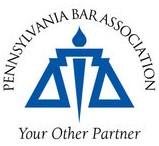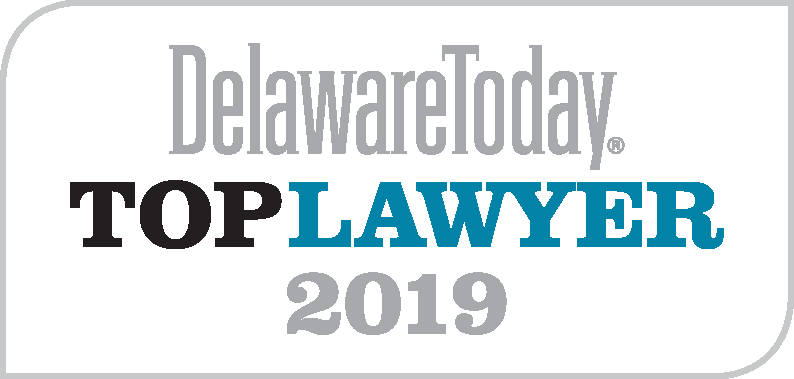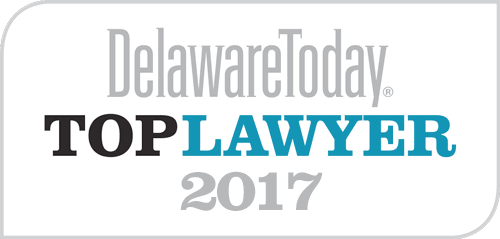Families First Coronavirus Response Act
What you Need to Know!
President Donald Trump signed the Families First Coronavirus Response Act into law on March 18, 2020. The law provides paid leave benefits for people affected by COVID-19 (coronavirus). It also applies to employers with 500 or fewer employees. Companies with fewer than 50 employees can opt out of the provisions if this “would jeopardize business viability.” The new law takes effect on April 2, 2020 and will remain effective until December 31, 2020.
Emergency Paid Family Leave
This law includes amends the Family Medical Leave Act (FMLA), which requires the qualified employers to provide “emergency” FMLA leave. Specifically, employers must provide up to 12 weeks of leave for “a qualifying need related to a public health emergency” to employees who have been on the payroll for 30 calendar days or more. The qualifying need is limited to circumstances where an employee is unable to work due to taking care of a minor child if the child’s school has been closed. The first 10 days of the leave period are allowed to be unpaid but the remaining weeks must be paid. Also, there is a cap on the amount an employee can earn (based on their salary or hourly wage) a day at $200 or $10,000 total and will expire at the end of the year.
Additionally, an employee that has already exhausted their FMLA leave during the 12-month period is not entitled to additional 12 weeks of leave under FMLA. This employee would still be eligible for two weeks of Emergency Paid Sick Leave under the Act.
Emergency Paid Sick Leave
The bill also requires private employers to provide 80 hours of paid-sick leave benefits for qualifying employees that fall under any of the six categories:
- The employee is subject to a federal, state or local quarantine or isolation order related to COVID-19;
- The employee has been advised by a health care provider to self-quarantine due to concerns related to COVID-19;
- The employee is experiencing symptoms of COVID-19 and seeking medical diagnosis;
- The employee is caring for an individual who is subject to a federal, state or local quarantine order, or the individual has been advised to self-quarantine due to concerns related to COVID-19;
- The employee is caring for the employee’s son or daughter, if the child’s school or child care facility has been closed or the child’s care provider is unavailable due to COVID-19 precautions; or
- The employee is experiencing any other substantially similar condition specified by Health and Human Services in consultation with the Department of the Treasury and the Department of Labor.[1]
The Paid-sick-leave benefits are capped at $511 a day for a worker’s own care and $200 a day for when an employee is caring for someone else. Furthermore, if your company already offers paid sick leave, the Act grants eligible paid sick leave “in addition to” any preexisting leave and employers are prohibited from changing existing paid leave policies.
What is the cost to the employers?
The Paid-sick-leave benefits are capped at $511 a day for a worker’s own care up to $5,1100
and $200 a day for up to a total of $2,000.00 when an employee is caring for someone else.
The bill includes refundable tax credits for employers that are required to offer Emergency FMLA or paid sick leave. Specifically, employers will be allowed to take a tax credit against payroll taxes in an amount equal to 100 percent of Paid Family Leave or Paid Sick leave wages for each quarter of the calendar year.
Paid leave under the act for an employee shall be calculated shall total not less than two-thirds of employee’s regular rate of pay and for the number of hours the employee would otherwise be normally scheduled to work.
How is emergency leave calculated for hourly employees?
For hourly employees that work a varying schedule, the Act requires employers to look at the preceding six-month period to determine the employee’s average hours. For newer hires, the calculation should be based on the reasonable expectation of the hours they agreed upon when they were hired the average number or the hours per day that the employee would normally be scheduled to work.
What is an Employer’s obligation for restoring employees?
Employers with 25 or more employees are required to make reasonable efforts to restore the employee to a position equivalent to the position the employee held when the leave commenced, with equivalent employment benefits. Employers with fewer than 25 employees do not have to restore employees under certain circumstances.
What if an employer does not comply?
Employers who violate the Act shall be considered to have failed to minimum wages under the Fair Labor Standards Act and are subject to the same penalties. Employers may not take an adverse action against an employee who takes leave under the Act or who files a complaint relating to the Act.
Must an employer provide notice of this Act to its employees?
Yes, a notice is being prepared by the United States Department of labor that the employer must post and keep posted.
What if the employer has less than 50 employees?
Department of Labor is to exempt small businesses with less than 50 employees if the imposition of the Act’s requirements would “jeopardize the viability of the business.”
Conclusion
Importantly, because the coronavirus outbreak is an emerging and rapidly developing situation, employers should continue to monitor information and recommendations from the CDC, OSHA, the U.S. State Department, and other federal, state, and local government agencies involved in the response.
Employers and Employees are encouraged to communicate and work with legal counsel when navigating these complex issues.
For further information or advice on how to satisfy notice requirements and implementation of evolving State and Federal laws, contact Allen & Associates.
[1] https://www.natlawreview.com/article/house-modifications-to-hr-6201-families-first-coronavirus-response-act















